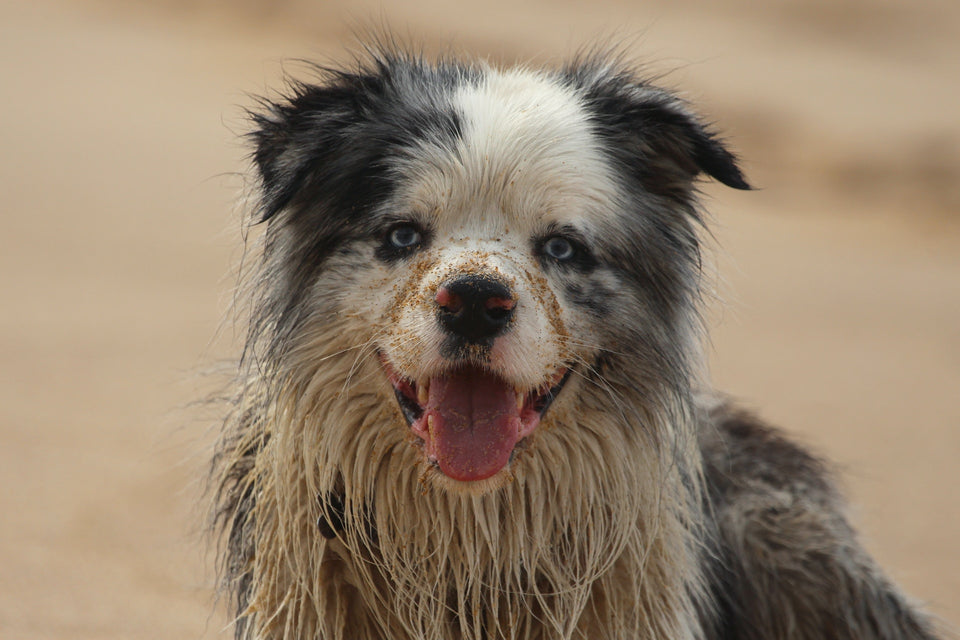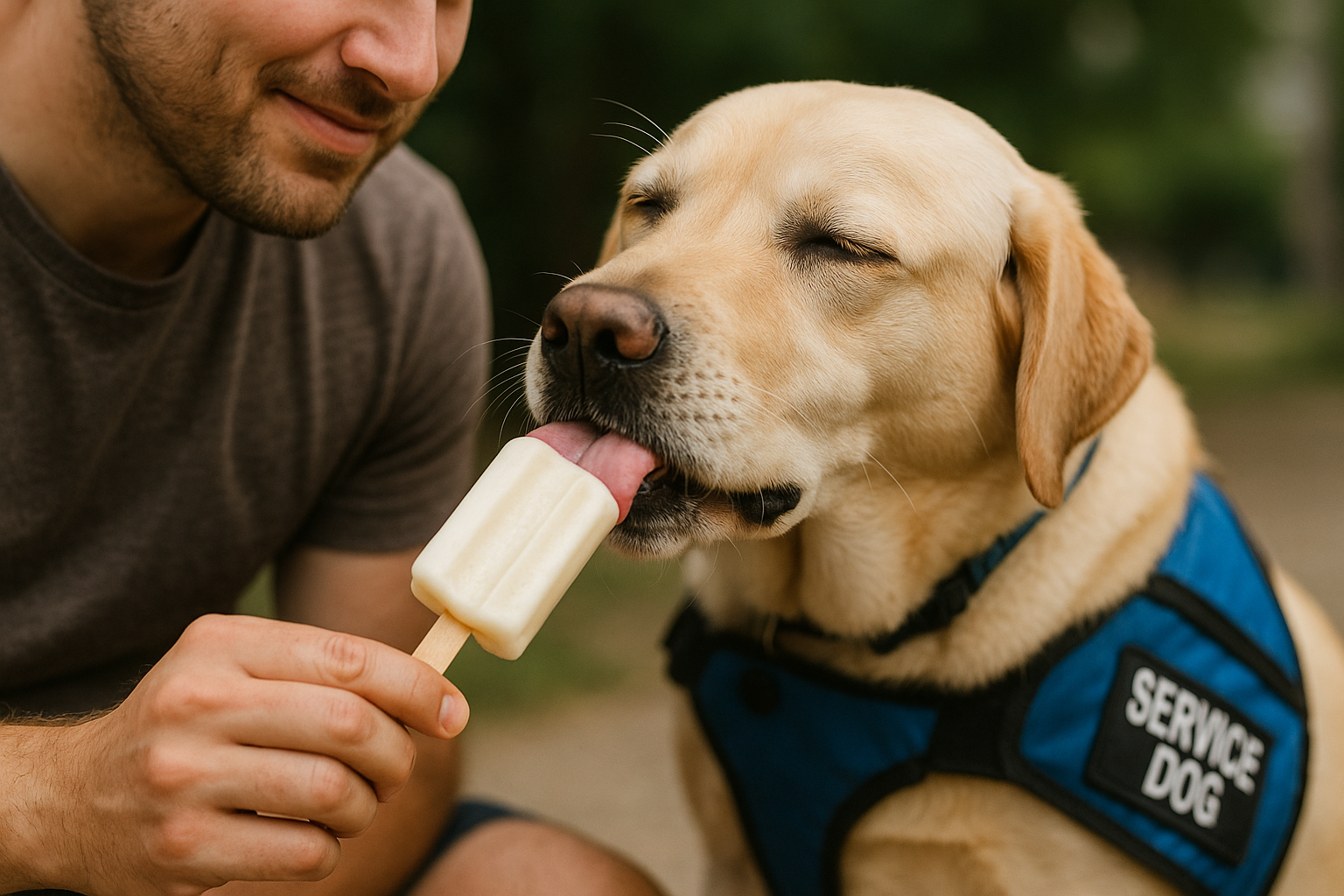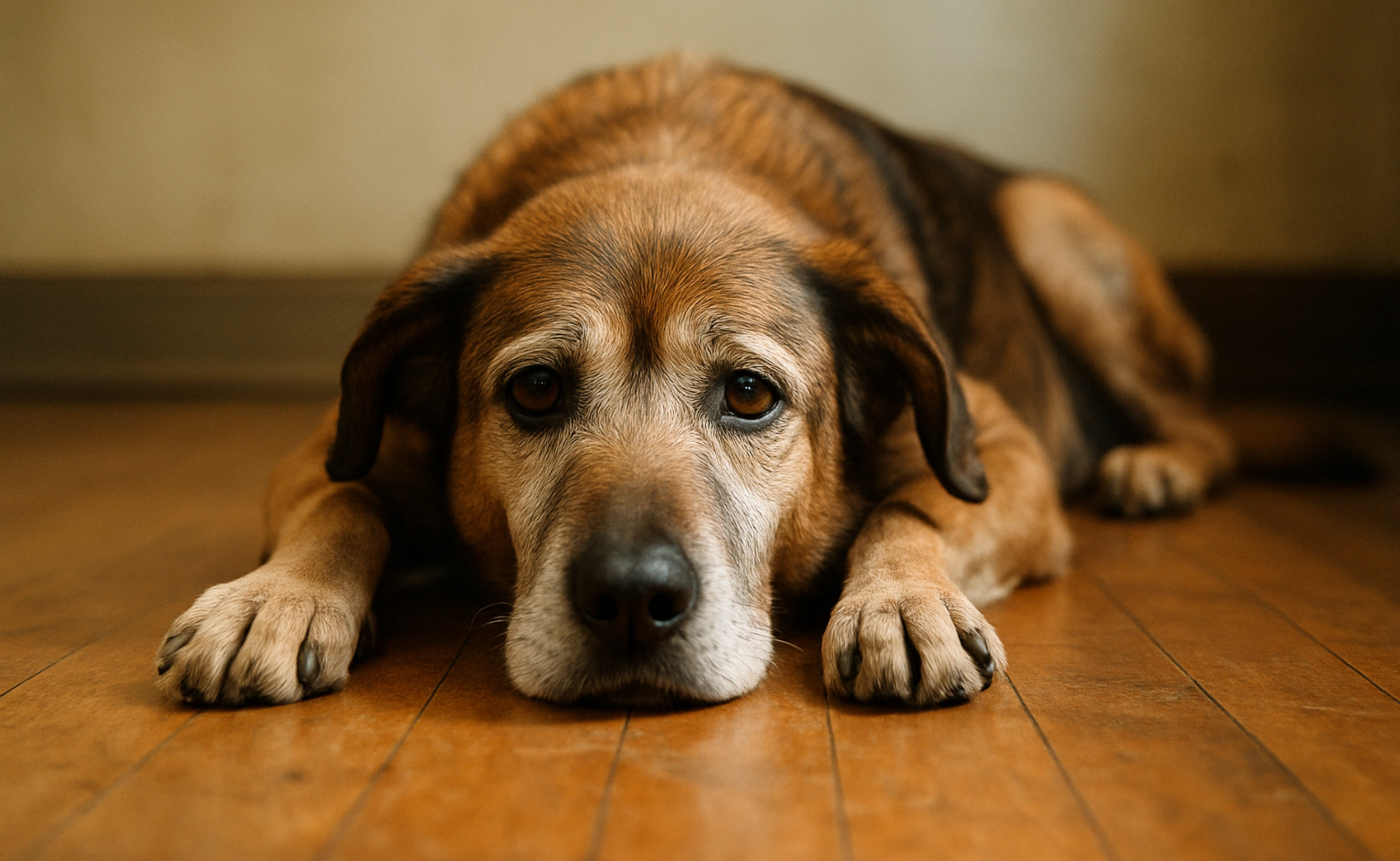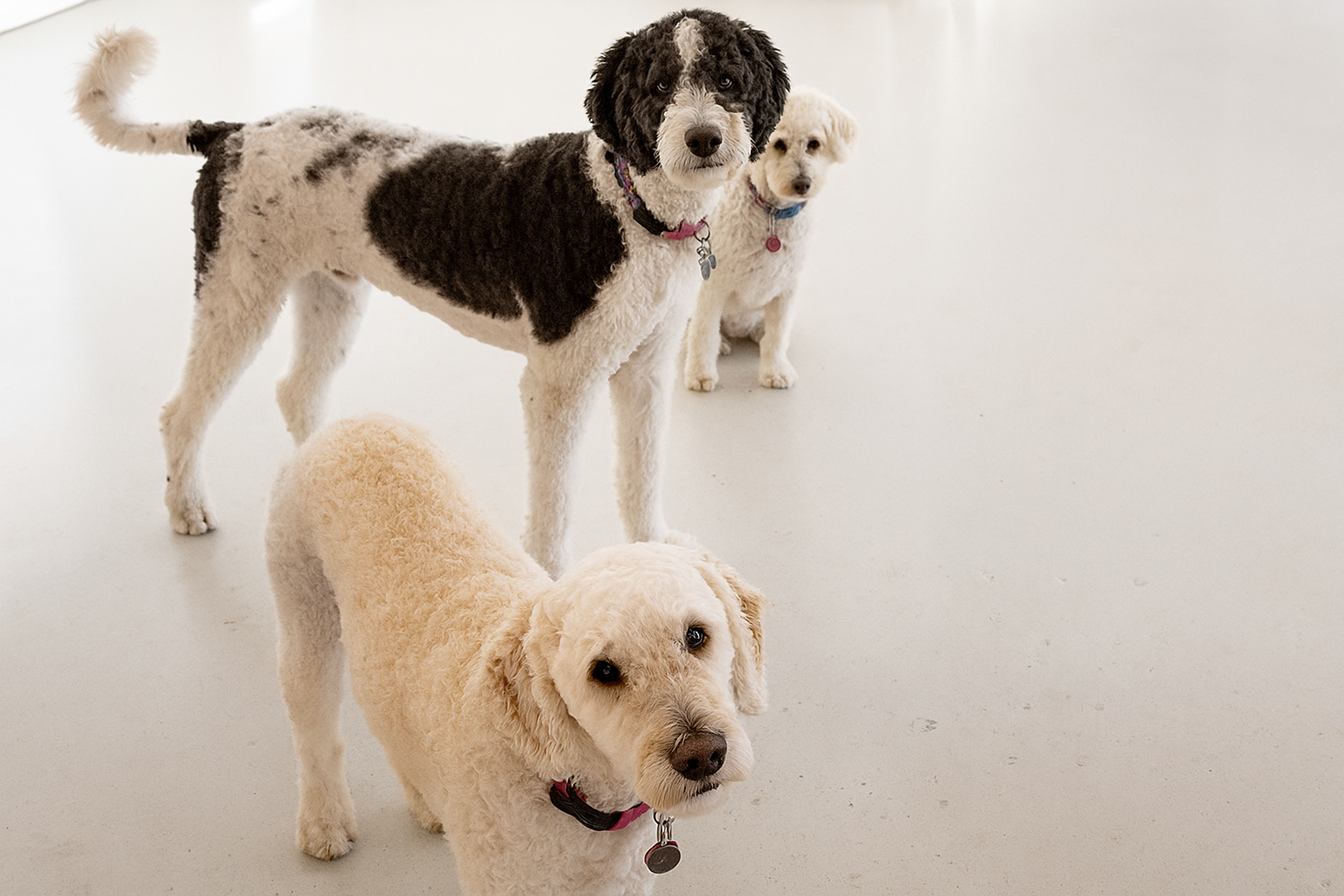
How Do Dogs Get Fleas? + Tips for Prevention

Every dog owner dreads hearing the word 'fleas.' These tiny pests can be a nightmare for your beloved pets and a source of immense stress for you. Dealing with fleas is a situation no dog owner wishes to face.
This article will give you the information you need in the fight against fleas. You’ll learn how dogs get fleas. It will also let you know how to prevent them and how to deal with them if your dog does get fleas.
What Are Fleas?
Fleas are small bugs that attach to other animals and live off their blood. This puts them right in the path of many small mammals, which include dogs.
Fleas have a gross and complex eating process. They start by probing the skin until they find a good place to start, at which point they pierce the skin they have selected. Then, they draw blood into themselves while leaving saliva on their prey. This saliva keeps the wound from closing until they are done feeding.
Fleas attach to the outside of an animal, where they hold fast. The outside of their bodies are littered with spikey little spines. These allow them to latch on even when they are dislodged, making them even harder to shake off.
Related: Mastering the Art of Cleaning: How to Wash a Dog Bed Properly
How Do Dogs Get Fleas?
Fleas don’t just pop up randomly. They have to come from another source of fleas. This is aided by the fact that fleas can jump incredibly far and are hard to remove once they attach to their prey.
Common sources of fleas include:
- Other dogs: Fleas like attaching to dogs as a source of food. However, they don’t always stay on the same dog forever. Fleas will take the opportunity to jump from one dog to another whenever the dogs come into contact with each other. So, a simple trip to the dog park or a doggie play date can become an opportunity for fleas to transmit themselves.
- The outside world: Fleas live outside, where they can be found just about anywhere. They may have fallen from a deer or another animal onto the grass below. Then, when your dog walks across or rolls around in that grass, the fleas jump onto your dog.
- Other animals: Dogs aren’t the only animals that deal with fleas. Other pets, like cats, can get fleas and exchange them when they come into contact with your dog. Even wildlife, like squirrels, can be a host to fleas and, thus, a threat to your dog.
- New locations: A flea infestation can go beyond a single animal. They can easily be shed from that animal onto all the surfaces around them. So, imagine a hotel or campground where a pet with fleas visited and used the pet bedding. All animals visiting that hotel or campground after that initial pet visit now have a chance of developing fleas as well.
- People: Often, people are just as responsible for spreading fleas as animals are. Fleas generally don’t live on humans. However, they can jump on someone’s clothes, bags, shoes, and other materials. Once there, they will wait until they are around your dog, at which point they will jump to them.
Help your pup feel their best. Soothe their irritated and inflamed skin with the Anti Itch Shampoo + Conditioner Duo. Make dry itchy skin a thing of the past.

How Do You Check for Fleas?
You can physically look for fleas on your dog. Pull apart the hairs on their coat so that you can see down to their skin.
There, you are looking for the fleas themselves. They will appear as little bugs crawling around on the surface. You are also looking for the damage that the fleas cause. If fleas are present, you will see little red bite marks or little bumps of inflammation. If you see either of these signs, you will want to move on to treatment methods.
Related: Do Dogs Need Sunscreen? A Pet Parent’s Guide to Dog Sun Protection
How Do You Treat Fleas?
Most of the time, treating a dog with fleas involves medical treatments. Your veterinarian will be able to provide you with flea medications that will remove them from your dog’s body.
However, this doesn’t fully address the issue. You may be able to fully remove the fleas from your dog’s body, but they may still be living nearby. Fleas could have moved from your dog to the carpet, other surfaces of your house, or other animals. So, once your dog is clear of fleas, the fleas on these surfaces or other dogs will just jump onboard a while later.
To fix this, you will have to do a deep cleaning of your home and address the issue in all animals they come into contact with. Make sure to pay special attention to the surfaces that your dog regularly comes into contact with, like their dog blanket. In addition, take flea-removal steps for any other animals with fleas and keep your dog away from them in the meantime. Only by removing all sources of fleas will you be able to truly stop the infestation.
Keep dirt and hitchhikers off your pet while you’re on the go. Use our Clean All-Purpose Pet Wipes and get rid of odor and drive your pup picks up.

How Do You Prevent Fleas?
There are many steps you can take to help prevent your dog from getting fleas. The CDC has even created guidelines to help out in this regard.
Prevention tactics include:
- Avoid flea sources: Preventing your pet from coming into contact with flea sources prevents them from getting fleas at all. This means keeping them away from wild animals, the places they are in, and other pets with fleas.
- Wash your pets: Properly washing your pets can help you root out a flea problem before it has a chance to get bad. Make sure to use good cleansing products and give your pets a deep clean.
- Check for fleas: Every now and then, you should check your pet for fleas. You can do this as you brush or wash them. This is another way to get ahead of a flea problem.
- Use anti-flea products: There are plenty of treatments out there that will prevent your dogs from getting fleas. Using these treatments and using them regularly will help prevent fleas even if your pet comes into contact with them.
Preventing Unwanted Hitchhikers
You don’t want to have your pet suffer from fleas, and you definitely don’t want to have to deal with them. So, you should know how to prevent them and take steps to do so. This can keep your pet safe and healthy.
Share this article
written by


